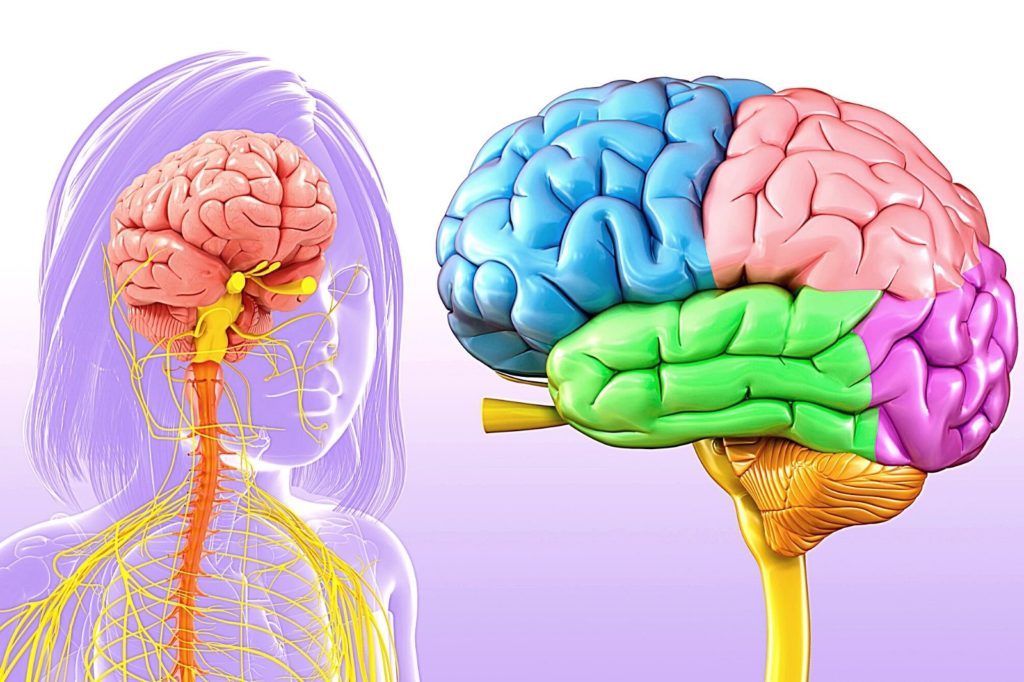Neuropsychology studies the structure and function of the brain as they relate to specific psychological processes and behaviors. In this 9-part video series, Rowland Folensbee, Ph.D., a clinical psychologist in private practice working with children, adolescents, and adults, explains thinking in neuroscience terms. He defines The Big Picture in neuropsychology and how to incorporate in treatment. His presentation outlines:
- A neuropsychologically based model of how information is taken in, processed, and translated into behavior by psychotherapy clients.
- How brain systems related to implicit/explicit memory, arousal, anxiety, emotion, and neural networks established by previous patterns of experience influence therapy processes.
- Specific strategies for discussing with clients in basic terms the neuroscience foundations of multiple specific behavioral difficulties, thereby facilitating client participation in psychotherapy.
Clarity Child Guidance Center hosted this community presentation on February 17, 2012.
*Note: You must be able to access YouTube to view these videos. Some organizations limit access to this video-sharing website.










